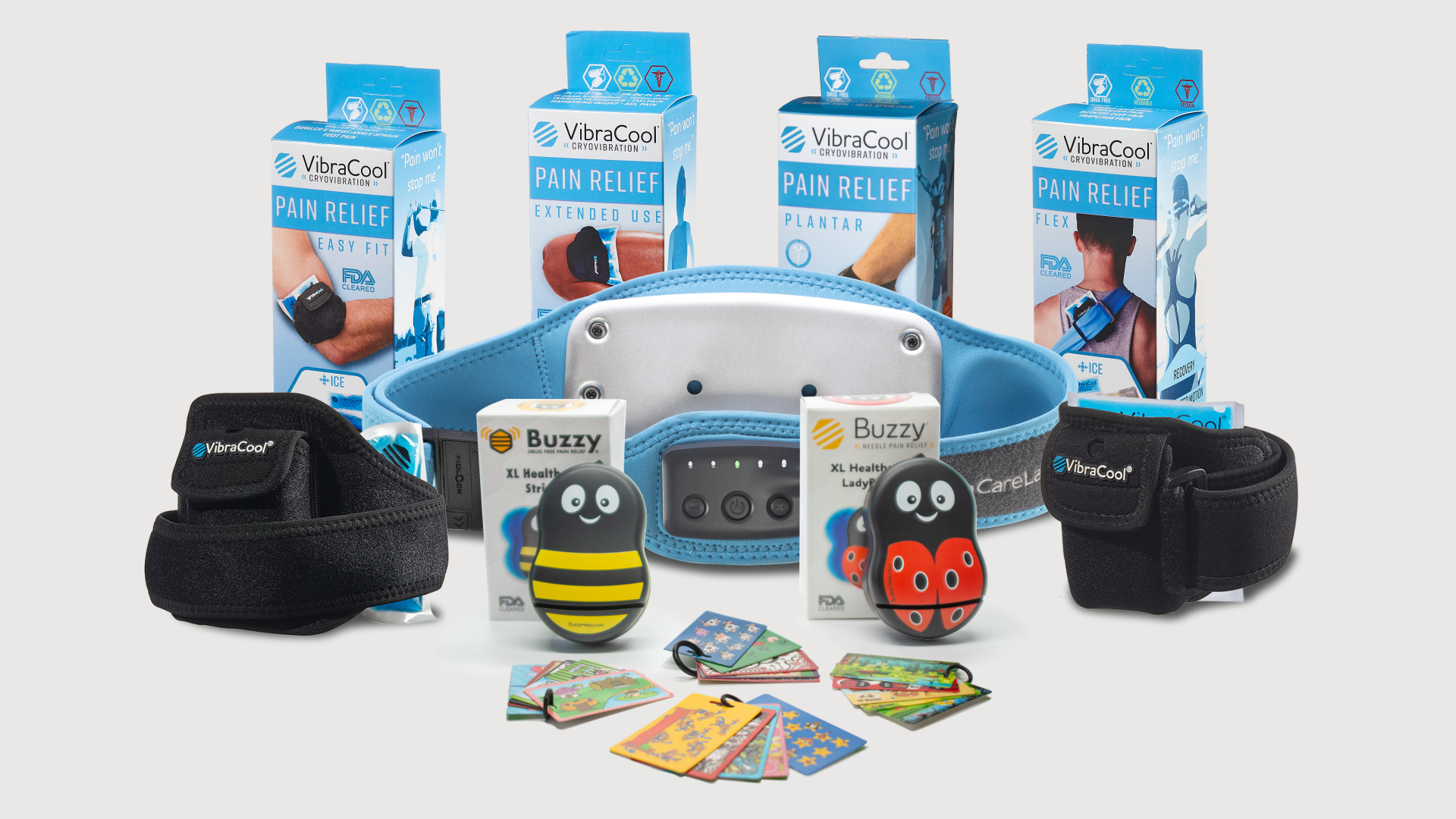
In 2006, pediatrician Amy Baxter started a company to help immunize kids
without fear or pain from a needle procedure. The bee-shaped prototype device
she created, called Buzzy, was aimed at blocking pain both through vibration
and through cold application from ice packs placed in the bee’s wings. Baxter temporarily paused her practice to study and develop the technology in
2009. To validate Buzzy’s effectiveness, she used funds from a Fast Track Small
Business Innovative Research grant (SBIR) from the Eunice Kennedy Shriver
National Institute of Child Health and Human Development (NICHD) to refine
her prototype and conduct a clinical study testing the device in infants and
children. Baxter found widespread prevalence of needle fear, as well as evidence
that mechanical stimulation effectively reduces pain. Today, in the midst of the
COVID-19 pandemic, Buzzy helps overcome vaccination hurdles to protect
children and adults against the coronavirus. The research continues to expand in new directions. A colleague revealed he
had used Buzzy to relieve his pain after a total knee surgery in order to avoid
taking opioid medication. “I realized that I had a device that blocked pain well
enough to reduce opioid use,” says Baxter. So, in 2016, she left her practice again
to focus on the opioid crisis, this time for good, as the CEO of her company, Pain
Care Labs What these [NIH Small Business] grants have funded is a fundamental disruption in how we address pain. After prototyping a low back pain device called DuoTherm, the company was awarded a Fast Track SBIR grant from the National Institute on Drug Abuse
through the Helping to End Addiction Long-term® (HEAL) Initiative in 2019.
The grant has allowed the company to further develop DuoTherm and test
different vibration frequencies to pinpoint the best pain reduction settings. A
prototype trial showed the device reduced pain by 57 percent. A full clinical trial is planned for 2022.
Baxter says SBIR-funded clinical trials will ultimately help make the device more
accessible to patients. Using temperature, pressure, and targeted therapeutic
mechanical stimulation patterns, the company’s long term goal is to eliminate
unnecessary pain.
Last year, Pain Care Labs passed the two million dollar mark in sales, an increase
of 64 percent over the preceding year. Buzzy is used in 27 countries and has
blocked pain from over 37 million needle procedures. More than 75 prospective
randomized controlled trials have independently confirmed that Buzzy reduces
pain and anxiety from needle procedures.
“What these grants have funded is a fundamental disruption in how we address
pain,” says Baxter. “Certainly, if the SBIR program didn’t exist, I would still be
practicing medicine and there would be no Buzzy. There would be no DuoTherm
and there would not be any studies demonstrating exactly how mechanical
simulation both blocks pain and alleviates needle fear.”







